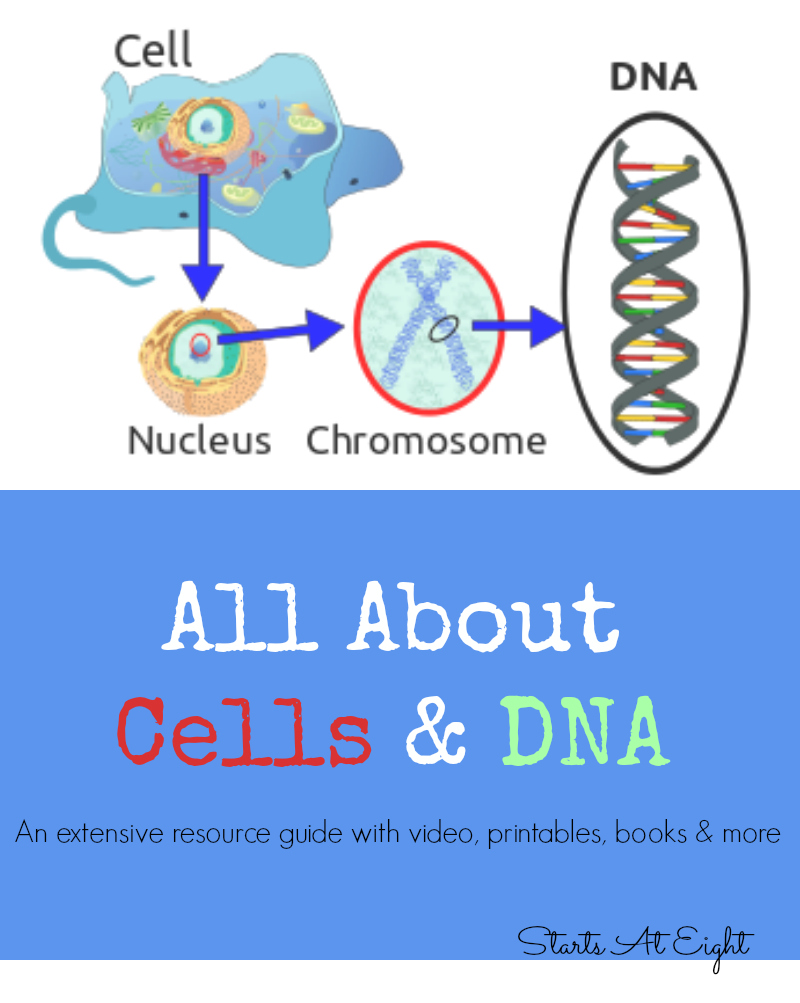
Made up of trillions of cells, seventy-eight organs, and nine major systems, the human body is a source of endless fascination and study for kids.
This collection of memorable inquiry-based experiments, challenging study stations, creative task cards, fun puzzles, and hands-on models is sure to keep middle school students engaged for hours.
These pre-planned stations require only a few materials to get started and are student-led, making them a great choice for investigative learning.
This crime-scene-inspired anatomy lesson is perfect for a group of 3-4 students. Students are challenged to reconstruct a classmate’s body from paper and label all the major organs. Why not make it competitive by adding a prize?
This comprehensive unit on the respiratory system, which also works well in a digital classroom, features text passages and response pages, informative videos, a lab where students get to produce their own working model of a lung, and a wrap-up quiz.
In this engaging series of lessons, students dissect a heart, use a lung model to learn about the respiratory system, and create their own visual tour of the digestive system.
This collection of lessons features anatomy investigations, inquiry-based labs, and key anatomy vocabulary for middle school.
Students will discover the ins and outs of the digestive system in this education video and quiz with an accompanying answer key, featuring detailed anatomy questions while developing their reading comprehension abilities and note-taking skills.
These lessons feature the relation between the skeletal and muscular systems as well as provide an overview of major muscle and bone names. They feature pre-made digital activities such as virtual manipulatives, drag-and-drop practice, a Venn diagram, and a handy answer sheet.
This colorful brain model can be created with simple supplies and highlights important brain anatomy as well as featuring interesting facts about each part.
These printable color illustrations are a fantastic way to learn about the parts of the nervous system, including the spinal cord, cerebrum, cerebellum, and cerebrospinal fluid.
From the fallopian tubes to the prostate, this series of worksheets and body systems task cards will make it easy to talk about this important human body system.
This challenging nervous system puzzle is a great way to review key typical neuron terminology such as ‘myelin sheath’ and ‘synapse’.
Our blood vessels transport liters of blood per day, but what exactly are they made of? This clever model of blood cells brings the answer to life!
Not only do kids get to build a life-size model of the human heart but they also learn about the heart rate, four main heart chambers, and the role of blood pressure in human health.
This fun puzzle brings escape room challenges to a whole new level! Students have to demonstrate an understanding of the structure and function of each of the different body systems in order to escape each room.
This inquiry-based activity challenges students to build their own set of muscles and bones in order to demonstrate their understanding of body mechanics in a concrete form.
By classifying the organs into their corresponding body systems, students will become more aware of their respective roles in the human body.
Learning about the parts of the cell body is a key step in understanding the building blocks of every major organ system.
This fun, hands-on maze activity is a great way to teach kids about the digestive system and visually illustrate how food travels in the body.
This compressive digital lesson covers the role of pathogens, disease transmission, antibodies, and the inflammatory response. It includes drag-and-drop matching activities as well as reading response challenges.
This simple science experiment demonstrates how bile from the liver helps to break down fat in the small intestine.